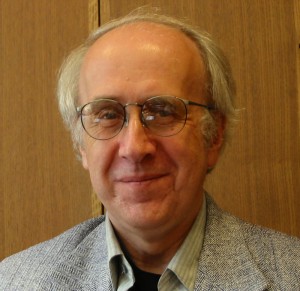Ultra-Narrowband Networks
A. Michael Noll
May 14, 2016
© 2016 AMN
The rush is on for more and more wireless bandwidth and broadband systems, as the world embraces 5G, perhaps on its path to the ultimate 10G. But in the rush to broader broadband communication, a need for considerably less bandwidth should not be overlooked.
There is attention today to the “Internet of things” – whatever it might ultimately become. The vision today is appliances at home, items in stores, and even clothes all telecommunicating information.
One example is communicating information to control lights in a home. But is takes only one bit to tell a light to be on or off – and this communication might occur only a few times over a 24-hour period. The average bit rate would be about 0.1 milli bits per second (0.0001 b/s). Controlling appliances might take a little more, but would still be miniscule.
This would be a very local network at a very low bit rate – ultra-narrowband communication over very short distances, requiring very little power. It would be a cloud – or fog — within the home of ultra-narrowband communication, perhaps wireless or perhaps over the power-line.
There already is 60 Hertz electromagnetism within the home from the power lines in walls and sockets. Perhaps this ultra-narrowband communication could somehow ride over that 60 Hz cloud. Or a new form of Bluetooth might emerge.
The “things” on utility poles – transformers – need to be monitored remotely. They are already connected to the 60 Hz power line, and could use it to telecommunicate, again at low bits rates.
At a time when all attention is focused on more bandwidth, particularly mobile bandwidth, the new opportunities might be in the opposite direction. Innovation sometimes comes from challenging the accepted wisdom of the day.




